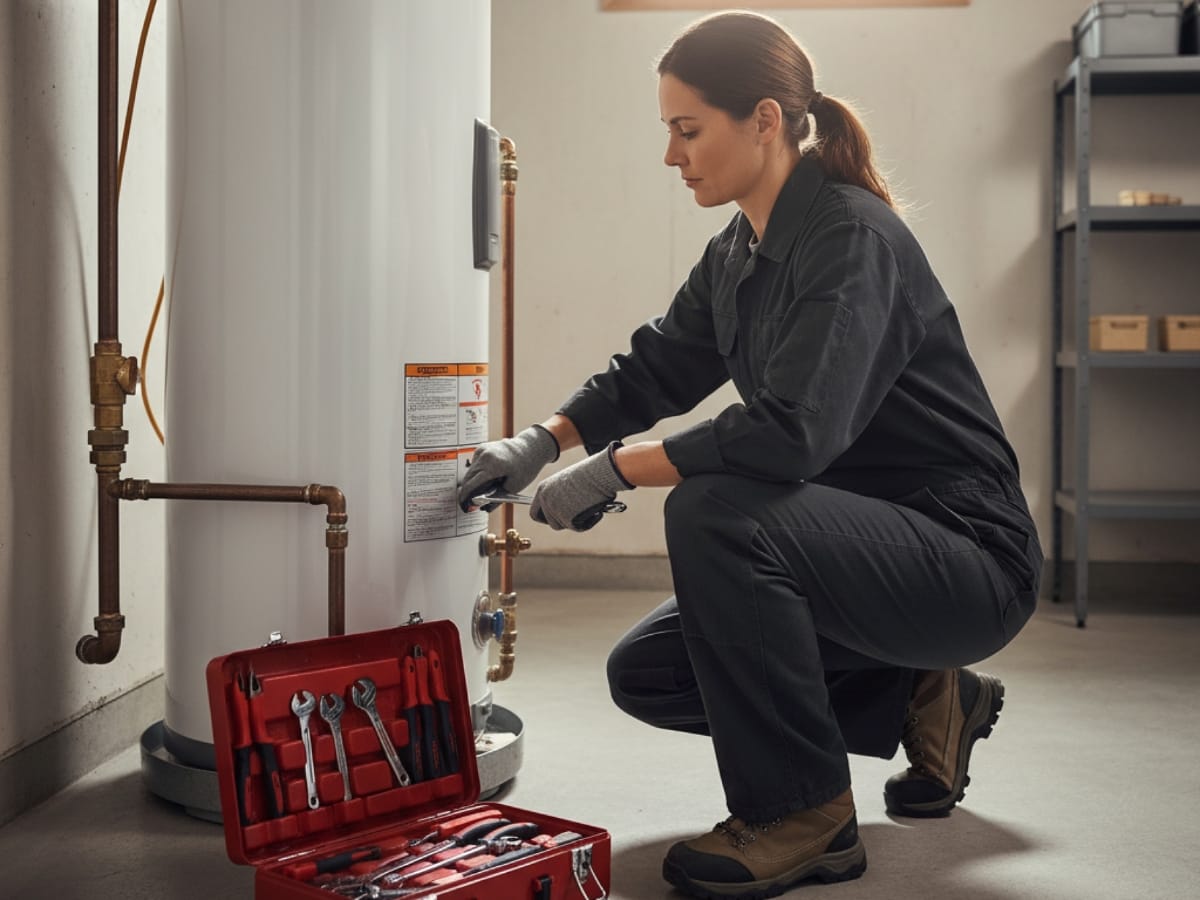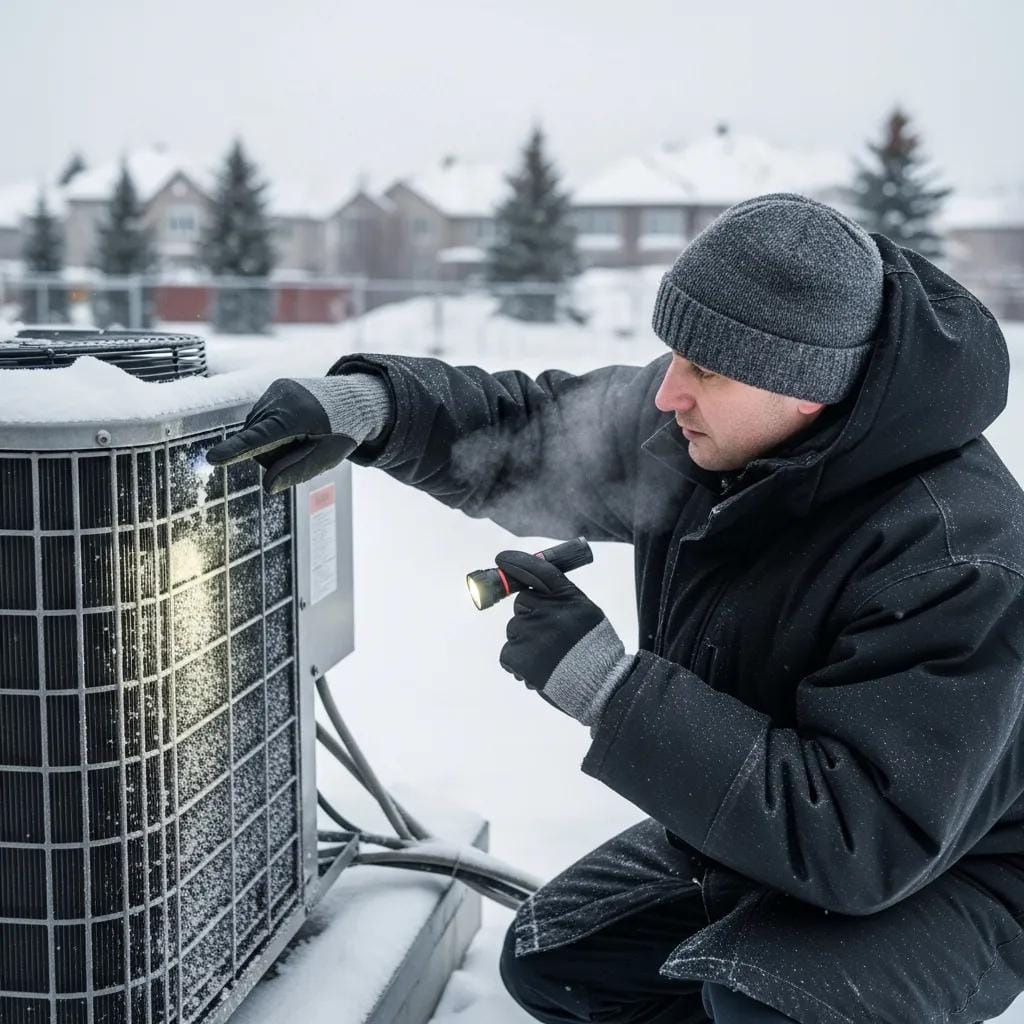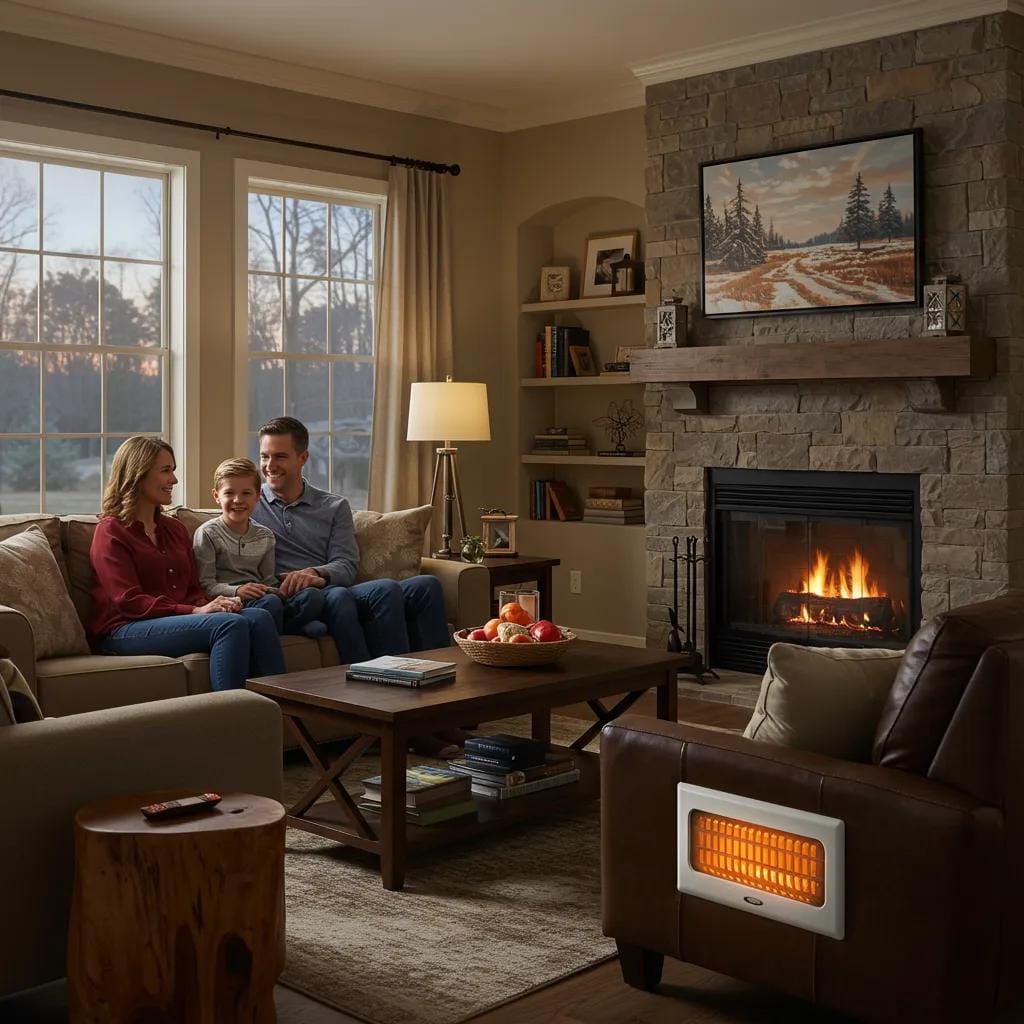In the pursuit of sustainability and cost savings, revolutionizing building efficiency has become a top priority for businesses and homeowners alike. HVAC systems, often the largest energy consumers in buildings, are now at the forefront of technological advancements aimed at reducing energy usage and enhancing overall performance.
Harnessing innovative HVAC energy solutions can drastically improve building efficiency, lowering utility bills while promoting environmental responsibility. In this guide, we’ll explore cutting-edge HVAC energy solutions, from smart thermostats and geothermal systems to energy recovery technologies.
Upgrade Your HVAC, Upgrade Your Savings: Explore Energy Solutions Today
The Evolution of HVAC Systems: From Conventional to Cutting-Edge Technologies
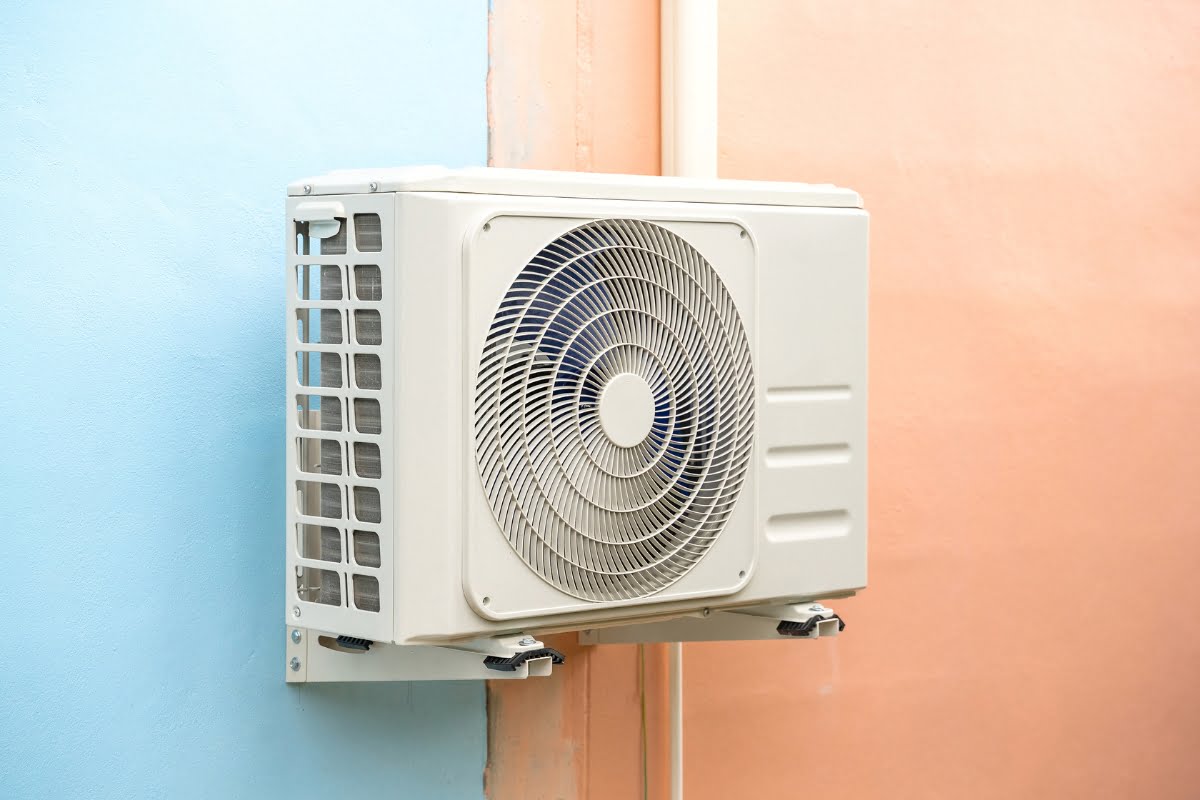
The evolution of HVAC systems has been remarkable, transitioning from basic temperature control to highly sophisticated energy-efficient solutions.
Traditional systems focused primarily on regulating indoor climate through standard heating, ventilation, and cooling methods, often consuming significant amounts of energy without much flexibility or adaptability. While functional, these older models are now seen as less efficient compared to newer innovations.
In recent years, there has been a major shift towards integrating technology that maximizes efficiency and minimizes environmental impact. Modern HVAC systems, for example, utilize smart sensors, advanced automation, and AI-driven controls to monitor and adjust temperature settings dynamically based on occupancy and real-time weather data.
These features help reduce energy waste by tailoring the system’s operation to actual needs rather than relying on preset schedules.
Moreover, renewable energy sources, like geothermal or solar power, are now commonly integrated into HVAC setups, further reducing reliance on fossil fuels. These systems not only lower operational costs but also align with global sustainability goals.
Upgrading to these advanced HVAC technologies is a clear step toward a future where comfort and eco-consciousness go hand in hand, making it easier for both homeowners and businesses to maintain optimal HVAC system energy efficiency year-round.
Smart Thermostats: Redefining Temperature Control in Buildings
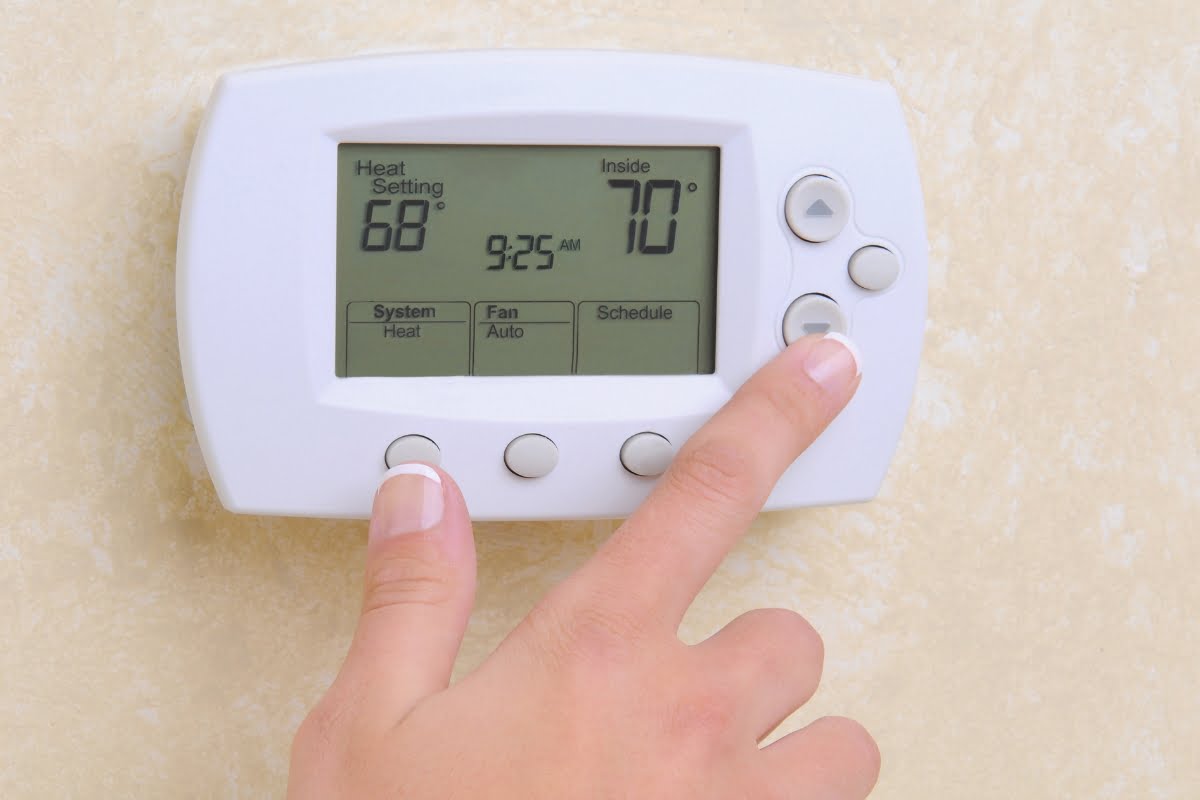
Smart thermostats have revolutionized how buildings manage their climate control, offering far more than traditional thermostats ever could. These advanced devices learn user preferences through behavior analysis and machine learning, enabling them to make automatic adjustments that optimize comfort and energy efficiency.
For instance, if a smart thermostat detects regular occupancy patterns, it can preemptively adjust the temperature to maintain comfort before occupants arrive, thus avoiding unnecessary energy use when the building is empty.
In addition to predictive learning, smart thermostats offer seamless control through mobile apps, allowing users to adjust their heating or cooling systems remotely.
This feature proves invaluable for managing energy consumption while away from home or adjusting the temperature in real time based on unexpected schedule changes. Integration with voice-controlled assistants like Amazon Alexa or Google Assistant further enhances ease of use, letting users modify settings with simple voice commands.
Moreover, smart thermostats provide valuable insights into energy consumption, helping users track usage patterns and make informed decisions to reduce energy waste. Many models also integrate with other smart home devices, creating a more unified and energy-efficient ecosystem.
With features like geofencing, which adjusts settings based on a user’s proximity to the building, smart thermostats significantly contribute to energy savings and sustainability efforts, making them an essential part of modern, energy-conscious homes and businesses.
IoT-Enabled Sensors: The Backbone of Energy Management Systems
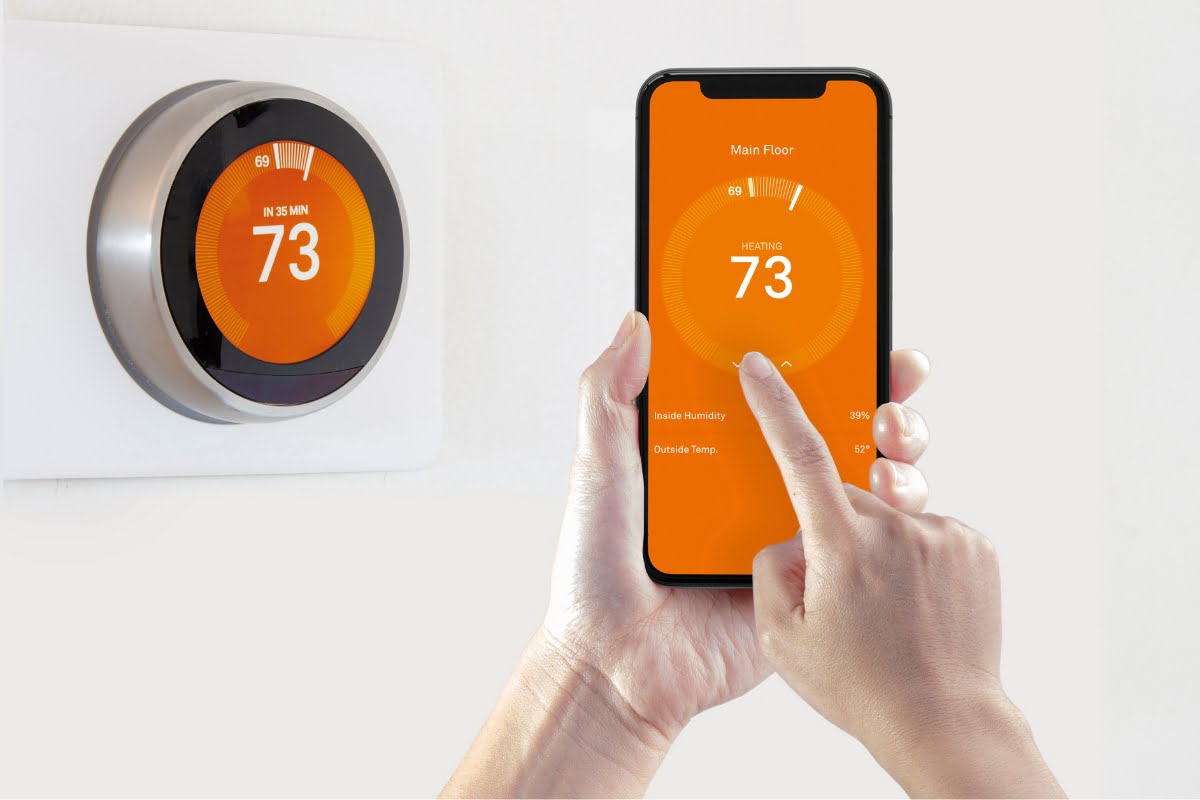
IoT-enabled sensors play a critical role in modern energy management systems, allowing buildings to operate with higher efficiency by leveraging real-time data.
These sensors are placed throughout a building to monitor factors like temperature, humidity, air quality, and occupancy levels, which are then transmitted to an energy management platform. This data is analyzed to optimize HVAC systems, lighting, and other energy-consuming devices, ensuring that resources are used only when needed.
For instance, IoT sensors can detect when certain areas of a building are unoccupied, automatically adjusting heating, cooling, or lighting to reduce energy consumption. They can also monitor air quality and adjust ventilation accordingly to maintain optimal indoor conditions while minimizing energy use.
Additionally, the sensors provide valuable insights into long-term usage patterns, helping building managers identify inefficiencies and opportunities for improvement.
With the ability to adjust systems in real-time based on data from multiple sensors, these energy management systems significantly reduce energy waste and lower operating costs. As buildings strive to become more sustainable, IoT-enabled sensors are a key component in achieving precise and adaptable energy efficiency solutions.
Furthermore, the continuous collection of environmental data allows for predictive maintenance, which prevents costly breakdowns by identifying potential issues before they escalate.
Harnessing the Power of Data: How AI-Driven Analytics Revolutionize Building Efficiency

Harnessing the power of AI-driven analytics is transforming the way buildings achieve energy efficiency. As IoT-enabled sensors continuously gather data from various environmental conditions, the key challenge becomes interpreting this data to drive actionable insights. Artificial intelligence (AI) steps in to make sense of this massive influx of information.
By leveraging advanced analytics algorithms, AI-driven systems can process large amounts of data in real time. These systems learn from the collected data, identifying patterns such as occupancy levels, time of day, and weather conditions.
With this information, AI can predict heating and cooling needs with impressive accuracy. For instance, if the system identifies a pattern where specific rooms are unoccupied at certain times, it can automatically adjust HVAC settings, reducing unnecessary energy consumption.
AI’s predictive capabilities also extend to weather forecasting. By factoring in external conditions, AI can prepare the building’s HVAC system in advance, maintaining optimal comfort while minimizing energy usage. This dynamic approach reduces waste and ensures that the building operates as efficiently as possible.
Moreover, AI-driven analytics enable proactive maintenance by identifying potential HVAC issues before they escalate, further enhancing building efficiency and reducing downtime.
Predictive Maintenance: Ensuring Peak Performance and Minimizing Downtime
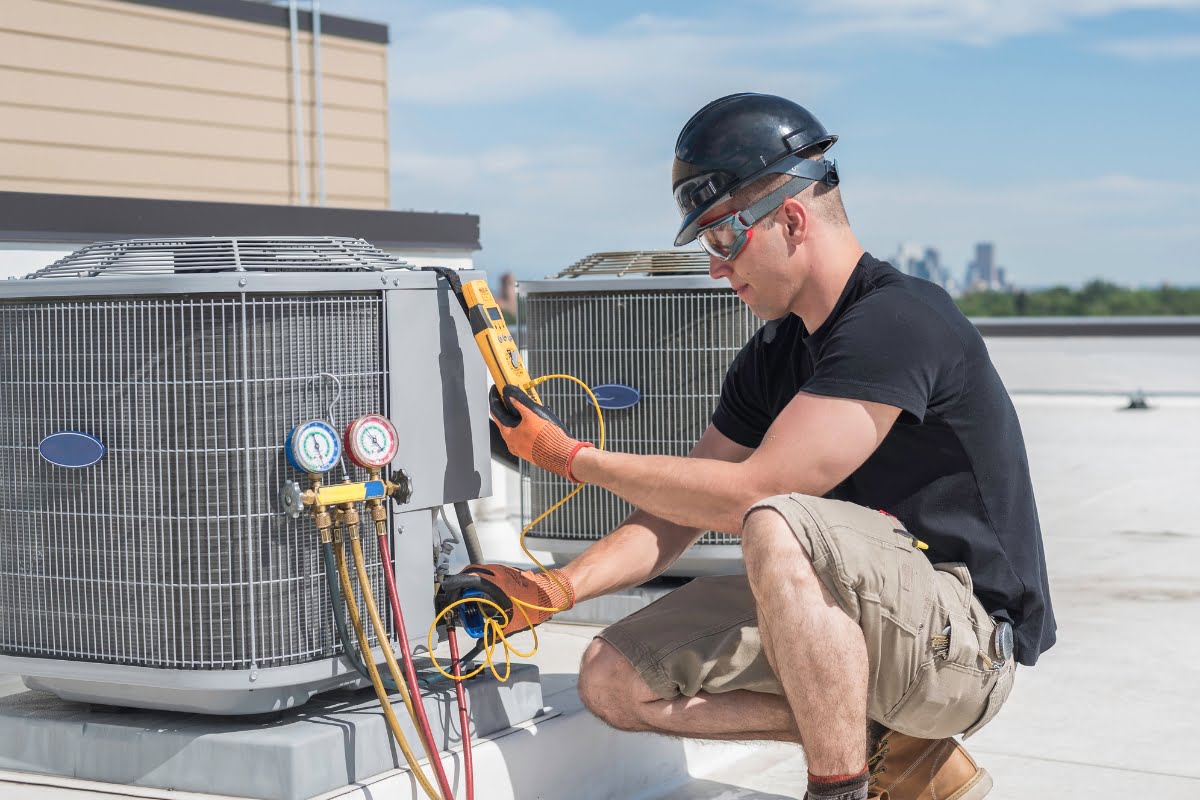
Predictive maintenance has become a game-changer in the HVAC industry, ensuring that systems operate at peak performance while minimizing costly downtime.
Traditional maintenance methods often involve scheduled servicing or waiting until a system failure occurs, which can lead to unexpected disruptions and expensive repairs. Predictive maintenance takes a more proactive approach, leveraging data from IoT-enabled sensors to monitor equipment in real-time and predict potential issues before they become critical.
By continuously tracking the performance of HVAC components such as compressors, fans, and filters, predictive maintenance identifies early signs of wear and tear, abnormal vibrations, or temperature fluctuations. Machine learning algorithms analyze this data and provide alerts, allowing for timely repairs or replacements before a breakdown occurs.
This approach not only extends the lifespan of HVAC equipment but also reduces energy consumption, as a well-maintained system operates more efficiently. Additionally, predictive maintenance helps lower overall operational costs by preventing emergency repairs and unplanned downtime, ensuring a smoother and more reliable system performance over time.
Integrating predictive maintenance into HVAC systems is an investment in long-term efficiency, helping businesses and homeowners avoid the headaches of sudden failures while optimizing energy use and performance.
Energy Optimization Strategies: Maximizing Efficiency While Minimizing Costs
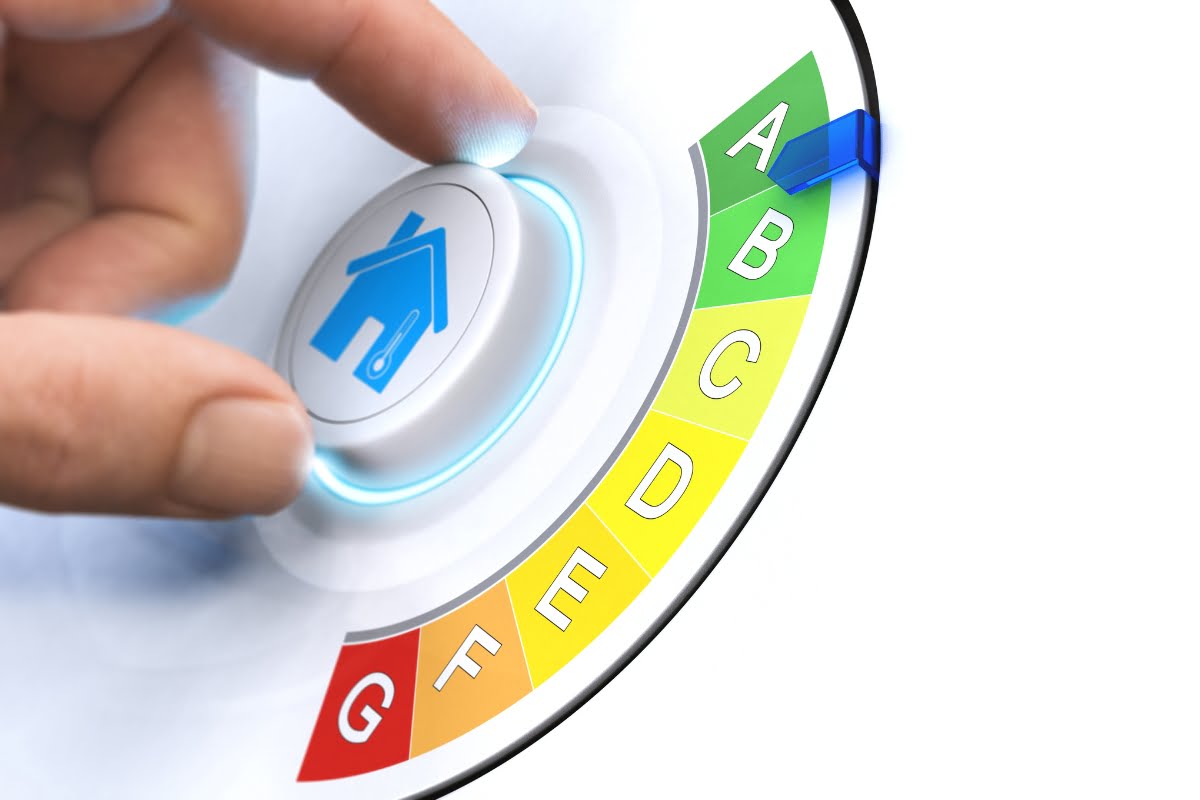
Maximizing efficiency with an energy efficient HVAC while minimizing costs in systems requires a multifaceted approach, integrating energy optimization strategies and building infrastructure for optimal performance. These strategies focus on balancing comfort with cost-effectiveness, and technology plays a critical role in achieving this.
One effective method is optimizing heating and cooling schedules by leveraging occupancy patterns. By programming HVAC systems to automatically adjust based on whether spaces are occupied or vacant, energy usage can be significantly reduced without compromising comfort.
Smart thermostats and advanced building management systems make this process seamless by gathering real-time data on occupancy and adjusting temperatures accordingly.
Another cost-saving strategy is implementing demand response techniques, which manage HVAC energy consumption during peak load periods. By reducing the system’s energy usage during high-demand times, businesses can take advantage of lower energy rates during off-peak hours, leading to cost reductions without sacrificing comfort.
Seamless integration of these technologies with building design is also essential. Proper insulation, ventilation, and airtight windows work in tandem with high efficiency HVAC systems to ensure energy isn’t wasted.
Integrating energy-efficient HVAC solutions with existing building infrastructure creates a synergistic approach to sustainability, where all components complement each other, maximizing overall efficiency while reducing operational costs.
Conclusion: Embracing the Future of Building Efficiency
The evolution of HVAC systems has come a long way, from conventional approaches to cutting-edge technologies. By embracing these advancements and implementing energy optimization strategies, we can create buildings that are not only comfortable but also sustainable and cost-effective.
To maximize energy efficiency and comfort in your building, trust CoolPro Heating & Cooling to provide cutting-edge HVAC solutions and HVAC installations. Submit an HVAC Service Request or call 770-694-6232 to schedule a consultation, and discover how we can help you improve building performance and reduce energy costs. Let CoolPro be your partner in energy-efficient HVAC systems!



